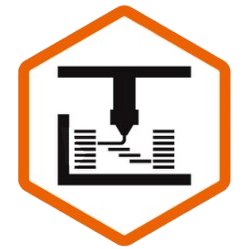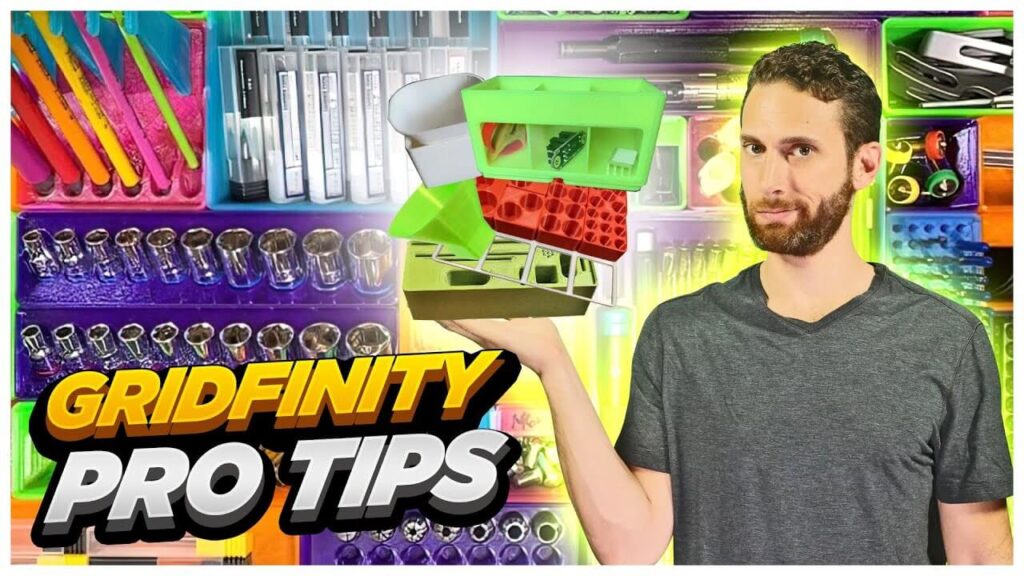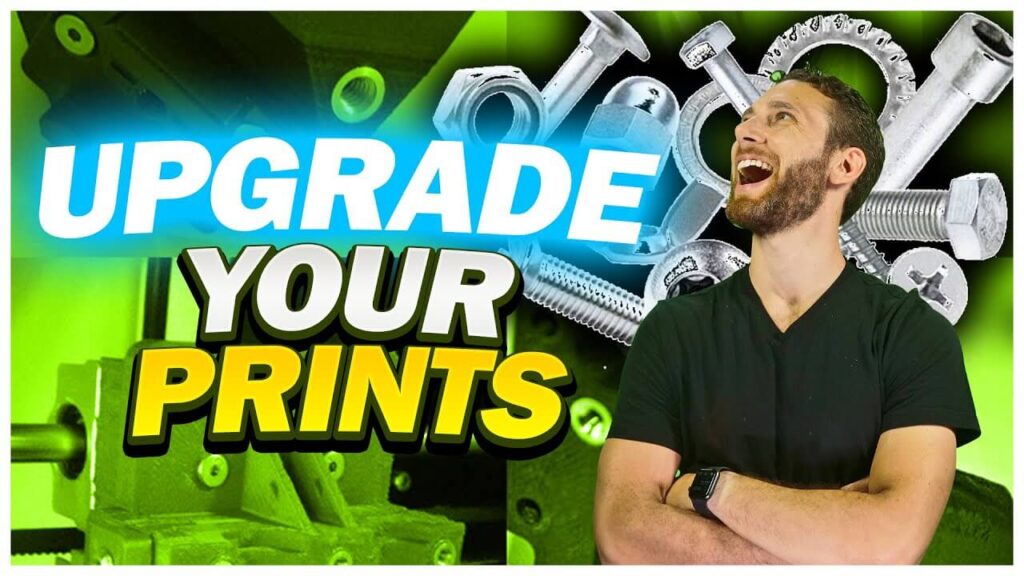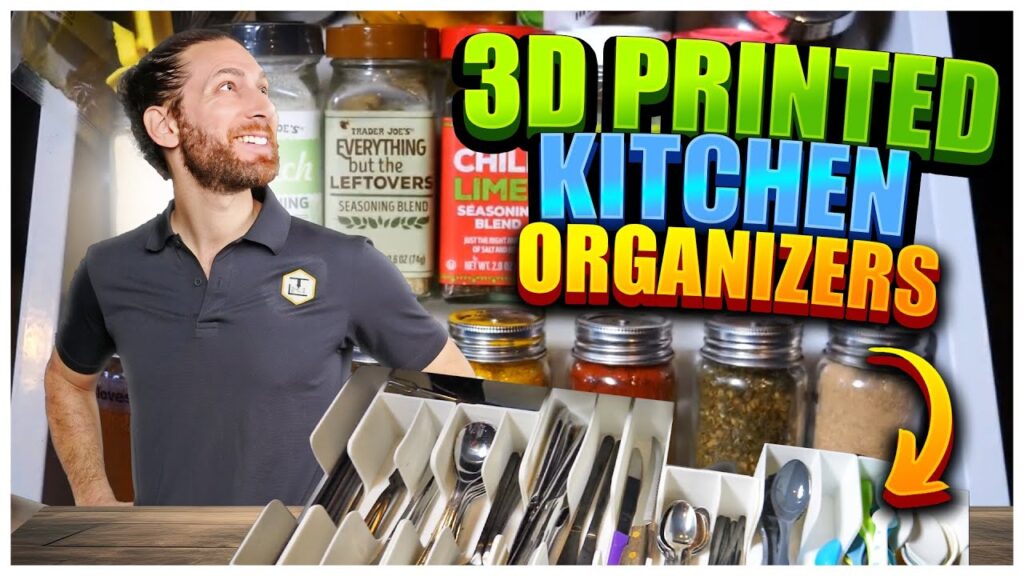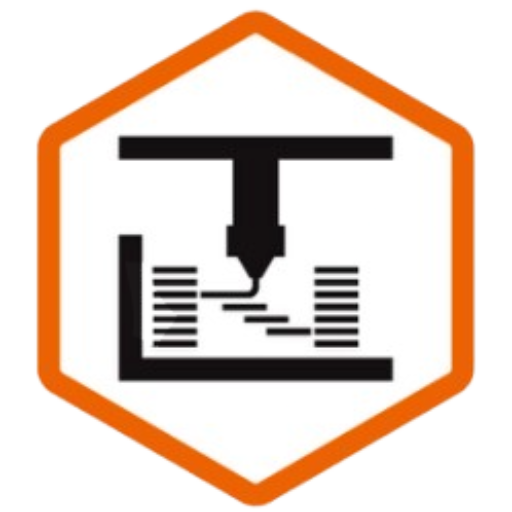OK, guys, so I recently got a few new tools. That got me thinking, and I decided to make a list of all the tools that I WISH I’d picked up sooner.
One important note here: this video is NOT going to be limited to 3D printing tools… if you want strictly 3D printing tools, I already did a couple of videos about those, so check them out here… I’ll be covering a wider range of tools – though some of them are definitely applicable to 3d printing. Fortunately, I’m cheap, so these tools are all HIGHLY affordable for casual users like me.
Stretch out your wallets, because we’re gonna move quickly. Let’s get after it.
Wireless Soldering Iron
The first tool on my list is this cheapy portable soldering iron. For years, I’ve used different levels of corded soldering irons, which is a pain, especially if you’re already a crappy solderer like I am without a dangling cable to throw off your dexterity. But then, people started talking about the TS-101, the Pinecil, and all that. Well, those are a bit expensive here in Israel, but more importantly, I was disappointed to find out that they aren’t ACTUALLY wireless… you still need to wire them up to a USB-C or a power bank.
So imagine my excitement when I found THIS: a truly wireless, battery-powered soldering iron… which costs like, $9. But does it actually work? YES! Believe it or not, this thing heats up quickly to 3 different temperatures, and does the job… all without any wires. Of course, there are sacrifices: replacement heads aren’t as readily available as pinecil ones, and it’s definitely not as powerful as the pinecil, so if you’re soldering thick gauge wires, it’s probably not going to cut it – but for thin wires, it works great. and the battery only lasts for 30 to 60 minutes, depending on the temperature.
So if you’re doing a TON of soldering, fine, get the pinecil. But personally, I almost NEVER use a soldering iron for more than 15 minutes at a time, and most of my use of a soldering iron is for heat-set inserts…and this one automatically shuts off after 10 minutes. So call me cheap, but I’d rather have a FEW of these kicking around my home and workshop than one pinecil I have to carry around with a separate power bank.
Impact Driver
Growing up, my dad had two wired drills. They both sucked. I don’t think I discovered that there were battery powered drills until I was already a grown man. Insane, I know. What’s more, it wasn’t until a few years ago that I learned that there’s a difference between a drill – even a multi-mode drill and screwdriver, like this one, – and an IMPACT driver.

In case you, like myself, don’t know, an impact driver can work like a normal screwdriver, but when it encounters resistance, it changes to using impact as a means of force, basically banging, to create more force using lower RPMs. This means that it can drive much more difficult fasteners with relative ease… but what’s more, it means that these types of drivers can have a smaller motor, meaning they are lighter and easier to operate, especially in tight spaces.
For way too long, I would simply swap between a drill bit and a driver bit in my combination drill… and picking up dedicated impact driver was honestly a gamechanger in how quick and how enjoyable it was to work on projects.
Full-Face Respirator
Up next, let’s talk about this full-face respirator. In some past videos, I’ve mentioned how even when using a respirator, I was having trouble with sinus infections and black gunk coming out of my nose… Not to mention what I’m sure went into my lungs… Some of you commented that I needed to shave my beard to get a better seal, but I’d rather eat sawdust than shave off my beard and reveal my puny chin… so I went looking for other options.
What I found was this full-face respirator, which combines your basic respirator with eye protection. Somehow, it suffers from much less of an issue with getting a seal on my bearded face, but more importantly, I no longer have to play the game of jiggling and adjusting my safety goggles to try and find a way in which they protect my eyes without rendering my ear protection useless.
And, because this thing, unlike safety glasses fall off my face and get scratched every time I bend over, I can now actually SEE what I’m working on… which helps. If you don’t have one of these, I highly recommend picking one up.
Easy-To-Use Ear Protection
Speaking of ear protection, let’s talk about that… because protecting your ears is way more important than most people recognize.
I OFTEN see YouTubers using some consumer noise cancelling headphones to try and protect themselves from deafening power tools, and it makes me cringe every time. See, a couple of times in my youth, I caved to peer pressure at concerts or night clubs, took out my ear plugs, and now, I’ll suffer from tinnitus and hearing loss for the rest of my life.
If there’s so much as a running tap nearby, I have no freaking idea what my wife or children are saying – I just hear Snoopy-esque mumbling. It sucks, and it’s irreversible. Don’t be an idiot like me. Find some GOOD ear protection – something you’ll actually USE. Yeah, you can probably get by with those disposable foam earplugs… but do they work well for your ears? And are you going to take the time to actually insert them?
I previously did a video about how I custom-made silicone ear plugs, and while those are fantastic for when I go to concerts or bars, when I’m in my maker space, with dirty hands, I don’t want to be shoving fingers into my ears. For this reason, I REALLY love this basic pair of 3M ear protectors. Not only are they professionally made by a reputable company to actually DO something, but they’re easy to take on and off without needing to remove gloves or clean my hands. I use these ALL the time, whether I’m hammering, using a dremel tool, an impact driver… and you should too. They’re not expensive… but hearing aids are.
Table Saw
So remember how I talked about the tools my dad had in my garage, and how it took years for me to explore the wide world of proper tools?
Well, I’m ashamed to admit that I kind of never realized that everyday, non-carpenter people like you and me could buy something as seemingly extravagant – and dangerous – as a table saw. For years, I managed with a jigsaw for smaller or curved cuts, and a circular saw for everything else. And that was fine…. Except I could never get a straight edge to save my life, and any project requiring a LOT of sawing was a nightmare.
But earlier this year, when I moved into this workspace, I decided to challenge my preconceived notions. And in doing so, I discovered that while I WAS correct in assuming that the table saws I’d seen in YouTube videos or carpenters’ workshops cost multiple thousands of dollars, you can still get an entry-level, portable table saw for like, a few hundred bucks, and it will probably be just fine for your needs as a hobbyist. Personally, I picked up this one from Scheppach, which I don’t think is available in the US, but consider heading down to your local tool shop and asking them for their advice. If you do any significant amount of sawing, especially long cuts, you’ll be glad you did.
(Aside here: please learn how to use any and all tools, especially this one and the next one, safely. You guys have commented on a bunch of my videos about me not using certain tools properly,
and I’ve since made a habit of watching a bunch of safety videos before I even unbox new tools like this one).
Honestly, the whole table saw experience really got me thinking… what are some other tools that I ASSUME are only accessible to professionals, but which can be purchased and safely used by average joes like me… Planers? Air Compressors? Let me know in the comments below, because it’s only fair that if I’m causing you to spend a bunch of money on tools, you should get to do the same to me. Let’s go broke together.
Arc Welder
In the meantime, while I wait for those comments, and the resulting credit card bill, let’s talk about another tool that I ASSUMED I needed a bank loan – or at least some kind of training – to actually own and operate.
I’m talking about an Arc welder. OK, so, welding is this crazy cool skill, right? I mean, trained welders work in factories literally melt pieces of metal together. There’s no WAY I could do that without, like… doing some kind of apprenticeship… right? But then, I watched a bunch of Colin Furze videos, and realized… that dude is trained as a plumber, and he’s out there welding load-bearing structures and digging bunkers underground. I think I could figure it out. Well, the stars aligned, and my favorite local tool retailer emailed me about a year-end special: an entry-level arc welder for something like $125. SOLD!
Now, for the uninitiated, like I was not long ago, there are a bunch of different kinds of welders, and obviously, at that price, I’m getting the absolute basic, entry level kind: a DC stick welder. No automatic feeding, no gas shielding. It’s pretty basic. But it’s the PERFECT way to figure out if I like welding, and if I have a use for it… and let me tell you, ever since I got this thing, I’ve had no shortage of ideas for things I can weld. When all you have is a hammer, every problem looks like a nail. But when you have a 3d printer, a laser cutter, an impact driver, and an arc welder… you can MELT nails!
Now, before you finish typing out that comment… yes… I still absolutely SUCK at welding, but the important thing is, I’m really enjoying learning – safely and with the proper precautions – and it’s unlocked a whole new category of making for me, and new possibilities for taking my projects to the next level.
Industrial Vacuum
So, table saws and arc welders are really cool, but as you can imagine, they create a LOT of messes. At first, I tried to manage this with a dinky combination pressure-washer and vacuum, and that thing choked up faster than a dad on his daughter’s prom night. I briefly looked into a proper dust extraction system, like some of the ones I’ve seen fellow content creators use, but because I’m in a rented space, underground, and also not woodworking on a day-to-day basis, they kind of didn’t make sense. Fortunately, I consulted with that same local tool retailer, who talked me into this big ass, generic industrial vacuum. I’m gonna be honest… at 4500W, this thing is SO powerful that I literally can’t turn on all 3 motors at once without tripping the breaker. BUT, since I got it, it has not only become instrumental for any type of woodworking, it’s also really helped me keep the space in order. Purge lines and errant supports? Dust from drilling into the concrete walls? Nasty water from godknowswhat? Loose nuts and bolts? This thing don’t care. . At home, I have the top-of-the-line Dyson, and the top of the line robot vacuum to go with it… but when it comes to anything even remotely “shop-ey,” those two grind to a halt and buckle faster than a celebrity being cancelled. This thing, however, is designed to slurp it all up without missing a beat. I don’t know how much an industrial vacuum costs where you live, and I don’t know how much space you have wherever you’re making stuff. But I DO know that consumer vacuums are not meant to suck up sawdust, plastic bits, and screws… so if you are doing any kind of making, consider getting the appropriate vacuum to clean up after yourself.
A Decent Air Purifier
Speaking of cleaning up, I recently did a whole video about air circulation and air purifiers, and let me tell you… sponsored content aside, I’m really happy I now have a proper air purifier in my workspace. This particular one from DREO automatically adjusts itself based on air quality readings, which is good, because when I’m in the middle of sawing, soldering, painting, or attempting to weld, I can’t be bothered to open up the app and kick it up a notch. I can’t tell you how many times I’ve THOUGHT that the air quality won’t be severely impacted by whatever I’m doing – for example moving things off a shelf I didn’t realize was so dusty – only to hear the purifier kick it into high gear. And between this, the tips I offered in that video for replacing the air in my studio, and the full-face respirator I talked about earlier, I’m happy to report that I haven’t had another sinus infection since.
A MultiTool I Actually LIKE
OK, so this is one I’m really excited about, and you’re going to laugh, because it’s a really small thing. I was recently watching “I like to make stuff,” and Bob, who, by the way, I really, really, want to be friends with, went into this whole fatherly lecture about pocket knives. He talked about how being given a pocket knife as a child was a pivotal moment in his life, and what it taught him about learned about responsibility, empowerment, and trust. He also talked about the importance of finding the RIGHT pocket knife that suits YOUR needs and YOUR personality. Doing this, he explained, is the difference between another gadget sitting in the drawer, and a reliable EveryDayCarry that you never leave home without.
This really resonated with me. I’ve had literally DOZENS of “swiss army knife” type things over the years from tons of different companies – but I’ve never felt compelled to actually carry them with me. So I did a bit of research, and I discovered one that really works for ME. No corkscrew – I haven’t had alcohol in years, and no red plastic… It’s a simple multi-tool from Gerber which has nearly all the tools I might actually NEED in my day-to-day life, and none of the stuff I don’t. It’s also really small, and comes in my favorite colors. And since I got it, I’ve not only had it in my pocket every single day, but I’ve found countless uses for it, from opening up mail, to adjusting things at my mother-in-law’s house without having to go hunting for her rusty old screwdrivers.
I’m going to link below to that video from I Like To Make Stuff, because I think it’s a worthwhile little pep talk, and then, I want to encourage you to think about what types of tools YOU could use every single day. And then, go find a multitool that has those tools, and nothing but, in a form factor that you’d be proud to carry.
